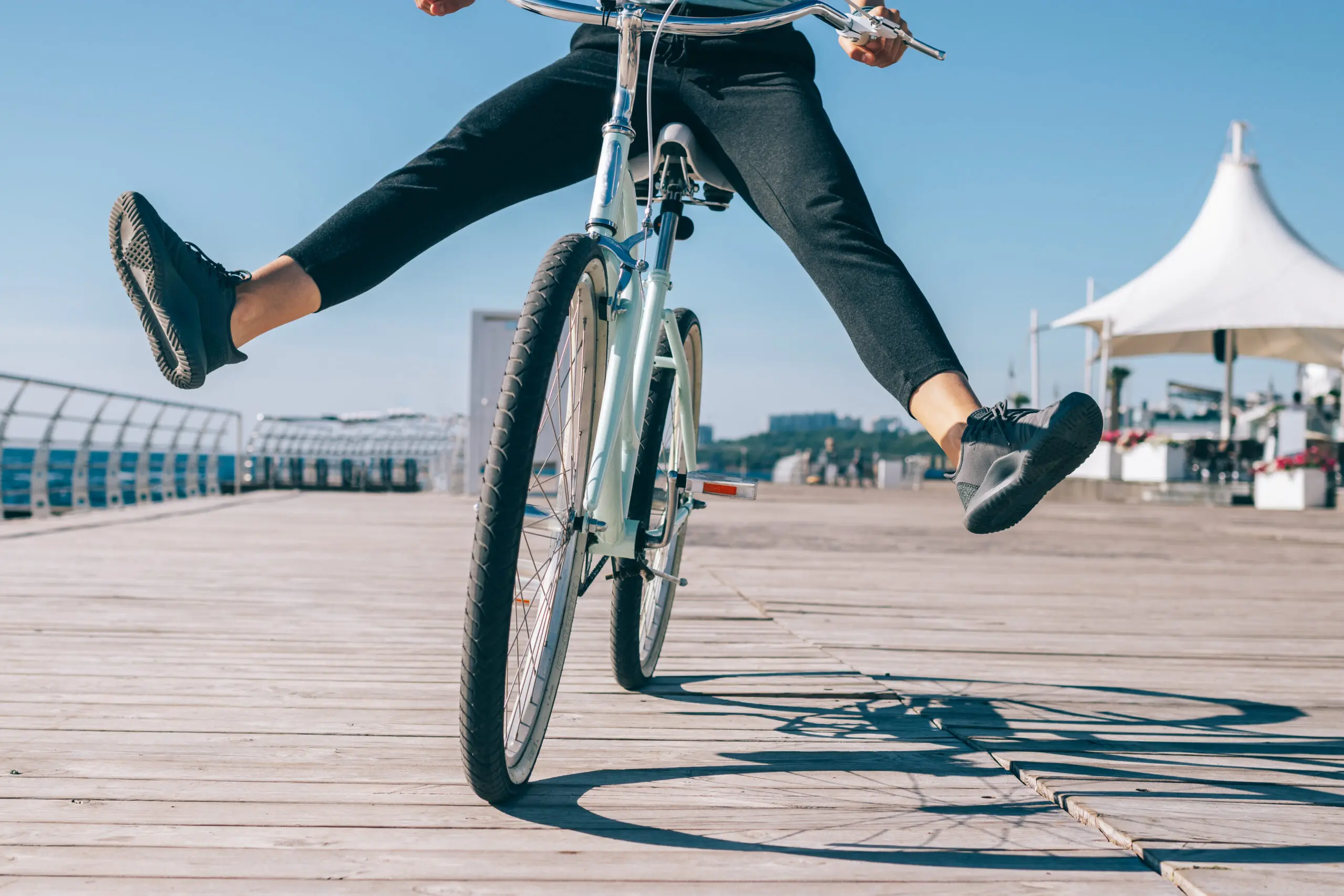
People of different ages and physical abilities enjoy cycling as a recreational activity. While there are many positive health benefits associated with cycling, the activity is not without its drawbacks, particularly to the feet. Let us look at the various impacts and treatments for foot pain if you cycle as part of your workout routine.
Foot pain often associated with cycling
Foot inflammation
The plantar veins in the cyclists’ soles can become very inflamed. In fact, when a person is exerting themselves too much, their muscles heat up substantially, their blood circulation quickens, and their skin temperature rises. The famous plantar venous sole becomes clogged when cycling because the lower limbs contain a lot of blood. The rider will feel burning in this area if it is too heated and the feet can not cool off.
Foot numbness
Cycling enthusiasts frequently experience numbness, ranging from minor local discomfort to widespread foot paresthesia. When the numbness wears off, the pain comes back as a throbbing sensation. The cause of this condition is pressure put on the foot’s blood and nerve vessels.
You should be aware that while this numbness is typically not dangerous, it does require that you pay attention to your body for it to recover.
Heel pain
Riding a bike puts a lot of strain on the heel, which can prove to be uncomfortable. Specifically, we are referring to plantar fasciitis, which typically worsens in the morning as soon as one takes their first few steps. This condition affects the tissue that links the heel and the forefoot and causes pain in the long run.
A visit to a podiatrist can confirm whether or not the pain is caused by plantar fasciitis.
Foot pain caused by cycling
Inadequate footwear
The most common reason for foot pain among cyclists is wearing the wrong shoes. There is a high risk of foot pain if their footwear is the wrong size, too stiff, or too soft.
Another crucial point is that the shoes must also account for your foot’s particular traits, such as hallux valgus if you are affected by it.
Cycling positions
The way you ride the bike has an impact on how comfortable your feet are. Positioning the body correctly ensures that the muscles, joints, nerves, and venous system are neither compressed nor blocked, allowing them to perform at their best. As with the seat, the pedals must be positioned properly, and their height set accordingly.
Pain caused by worsening circumstances
Some pain can be attributed to existing problems, for example, if the individual suffers from venous problems, abdominal pressure or digestive problems. People who are overweight could also feel pain while cycling, particularly in their veins.
Exercise to prevent foot pain while cycling
Regular exercise is crucial to prevent foot pain. You should stretch your muscles and do exercises to strengthen your feet for 10 minutes before you get on your bike, and then do the same for 10 minutes after you end your ride. You should also consider consulting a professional to develop a training program that is specific to your body and its demands.
Finally, always keep in mind to have a balanced diet and be adequately hydrated.
Take good care of your feet while cycling to avoid foot pain
Cycling is an exercise that many people—young and old—can engage in and is beneficial for the heart, the joints, and the muscles. It is crucial to warm up and stretch regularly, use the right footwear, and maintain proper posture to prevent foot pain and problems that come with cycling.
Please contact your local FootNetwork clinic to consult with a podiatrist if you feel any serious foot pain during cycling or afterward.\

